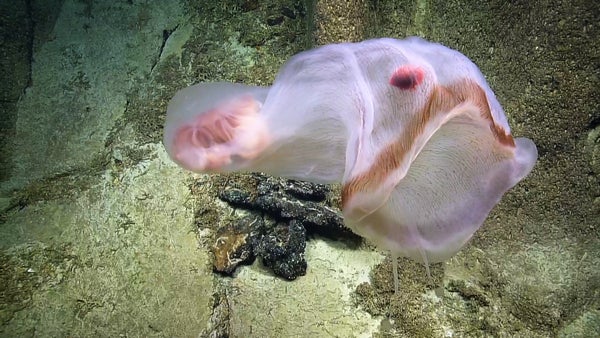You probably know the GIF as the perfect vehicle for sharing memes and reactions. We believe the format can go further, that it has real power to capture science and explain research in short, digestible loops.
Here is your special Halloween edition of GIF-able science. Enjoy and spooky loop on.
Terrifyingly Fast Ants
On supporting science journalism
If you're enjoying this article, consider supporting our award-winning journalism by subscribing. By purchasing a subscription you are helping to ensure the future of impactful stories about the discoveries and ideas shaping our world today.
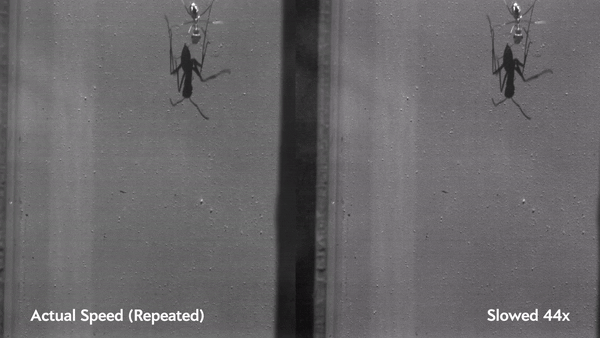
Credit: Sarah Pfeffer and Harald Wolf
Not many organisms can survive the harsh climate of the Sahara, where daytime temperatures can reach 140 degrees Fahrenheit. And yet Saharan silver ants thrive, feasting on carcasses of less fortunate, sun-cooked insects. But how do they avoid suffering the same fate as their lunch? Speed.
Researchers have now used high-speed cameras to document just how quickly these ants move. At top speeds, they can travel nearly 34 inches (equivalent to 108 of their own body lengths) every second. The comparatively sluggish cheetah tops out at roughly 16 body lengths per second.
These videos reveal just how the ants, the fastest in the world, achieve such prodigious speeds. As an ant accelerates, its leg movements synchronize, and it eventually lifts all six legs off the sand at once in what the scientists describe as a gallop. A gallop. Watch out Seabiscuit, here comes the Saharan silver ant.
How to Halt Fearful Flames
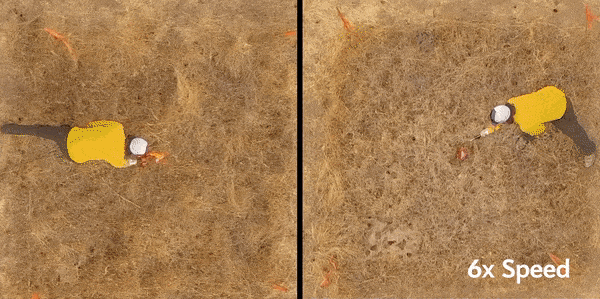
Recently, thousands of California residents have intermittently lost power for days on end. The energy company Pacific Gas and Electric has shut off their electricity on hot, windy days, hoping to prevent wildfires sparked by their power lines. State investigators blamed the utility for last year’s Camp Fire in Butte County, which torched 19,000 buildings and killed 85 people, so it seems the company is desperate to avoid the same fate this year.
Researchers at Stanford University and California Polytechnic State University, however, think they may have found a new way to prevent wildfires. They created an environmentally-benign, gel-like liquid that helps conventional fire retardant to better stop such blazes before they start. Lab tests suggest the spray could last for months, protecting high-risk areas for an entire fire season. Even after a half-inch of rain, which is more than much of California gets in the summer months, the liquid continues to halt fire in its tracks.
The researchers are already working on a start-up to make the product commercially available. Perhaps next fire season, this liquid will allow the state’s residents to have fire protection with the lights on.
Harbingers of Pestilence Above Your Head
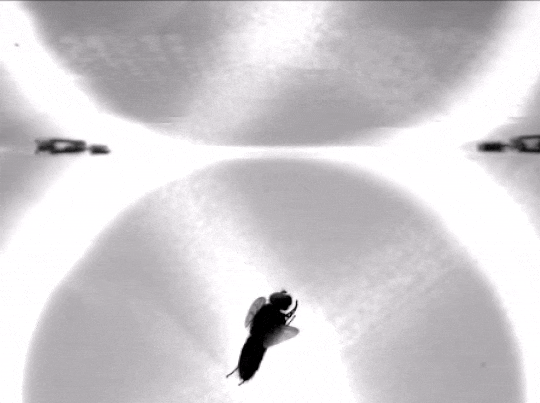
When chasing after pesky flies, we may wonder how they manage to land on the ceiling just out of reach. As it turns out, upside-down landings require complex acrobatics. Researchers studied how these tiny creatures pull off the maneuver, hoping it will help roboticists program a tiny robot to do the same.
The scientists expected flies to slow down and reach out to the surface but found that they speed up, complete a split-second cartwheel, extend their legs and pull their body into a firm plant on the ceiling. Such actions require rapid computation of visual cues and a perfectly timed physical response—an impressive feat for a very small nervous system. And yet flies do it effortlessly (though clearly not every time).
It's ALIVE! Still.
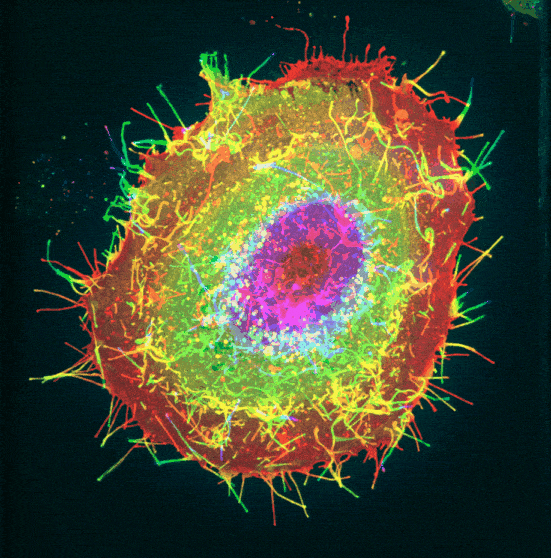
Credit: Matthew J. Tyska
This cell is immortal. Well, sort of. Unlike most types, the HeLa cell has no off switch for reproduction—it can continue to divide indefinitely. In fact, its line is so resilient, it has lived since the 1950s, when the first such cells were taken from the cancerous tumor of Henrietta Lacks (hence the name HeLa). The cells have a long and controversial history but have been crucial to many medical advancements, from vaccines to genome mapping.
Sadly, they aren’t actually rainbow-colored. Cell biologist Matthew J. Tyska added the hues to illustrate depth: warmer colors show parts farther from the viewer, and cooler ones show nearer bits. The scraggly arms reaching out from the cell, called filopodia, help it sense the physical and chemical properties of its environment. In reality, they don’t squirm around quite so quickly; Tyska sped up the video to be 200 times quicker. Makes for a lovely GIF, though, doesn’t it?
One Spooky Jellyfish
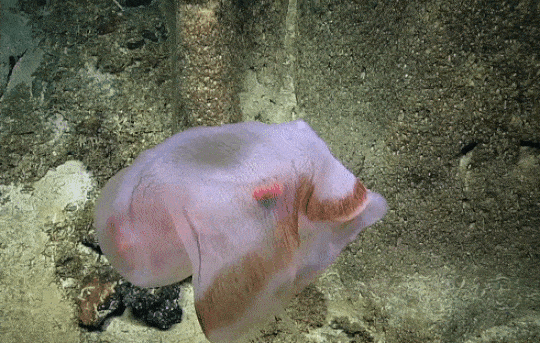
No, it’s not a ghost. You’re witnessing the undulation of a Deepstaria jelly filmed by the E/V Nautilus just in time for #spookyseason. The team spotted this deep-sea specter near Baker Island, a half-mile below sea level.
This jelly may look a bit different than what you would expect. Instead of a fringe of tentacles, it sports an oversize bell that can flexibly stretch and contract. The bell passively captures critters floating by, trapping them inside by cinching closed like a gelatinous trash bag. Stinging cells on the inside of the bell then stun the prey, and hairlike structures called cilia shuttle it to Deepstaria’s stomach.
Scientists don’t spot these deep-dwelling jellies often, but whenever they do, they find other critters, too: pill-bug-like crustaceans called isopods. These typically parasitic animals latch onto the inside of the jelly for a free ride, protection and a portion of its food. They may even munch on Deepstaria itself, but scientists don’t yet fully understand the isopod-jelly relationship.
From this ghoulish jelly and all of us at Scientific American: happy Halloween!
